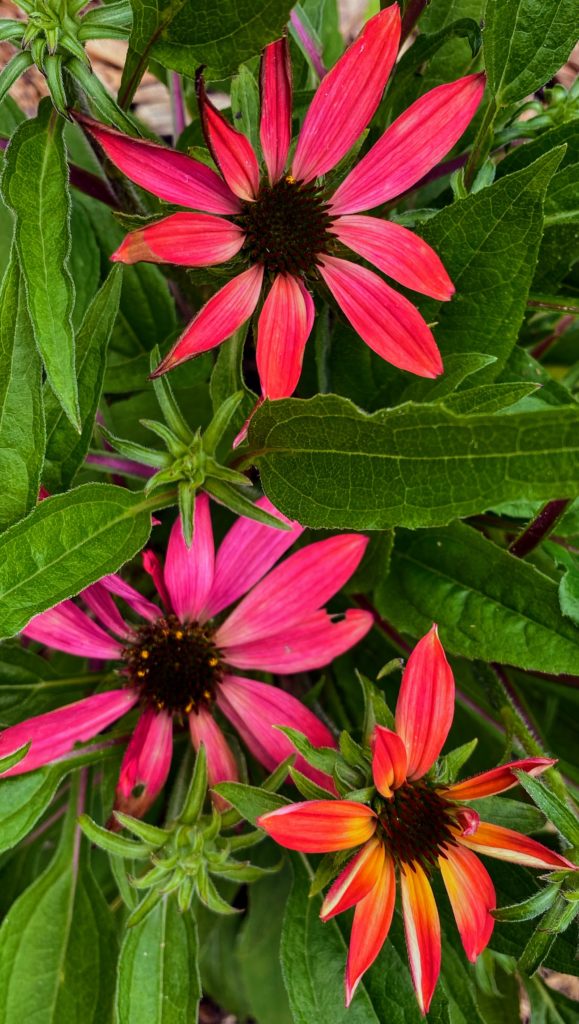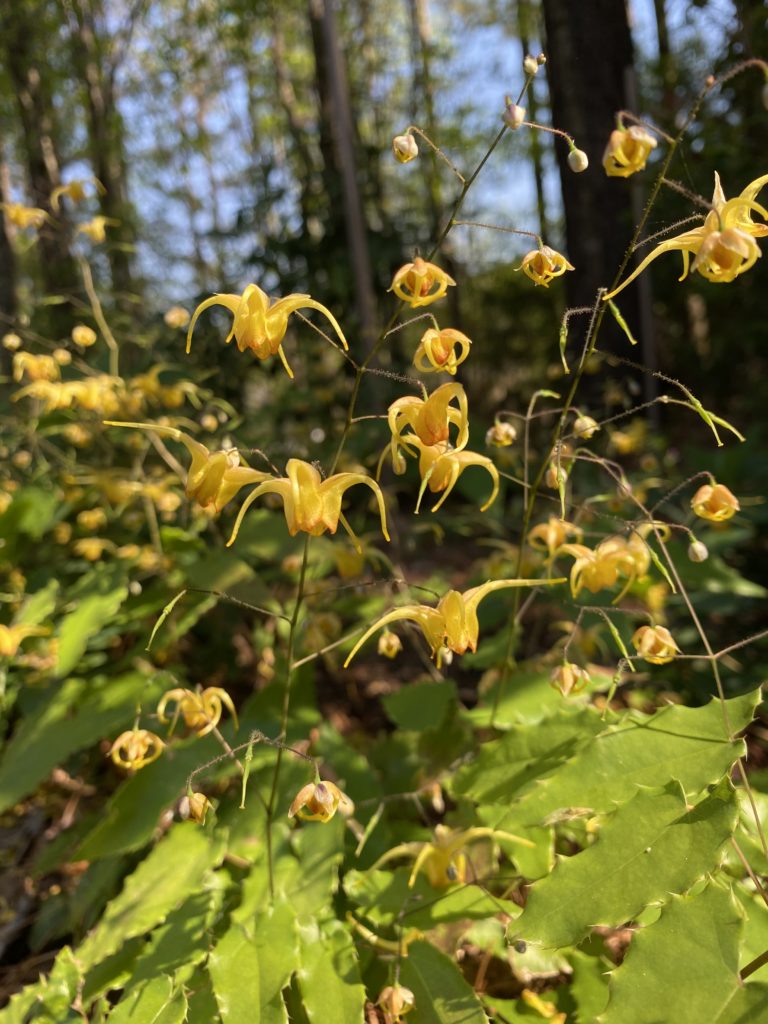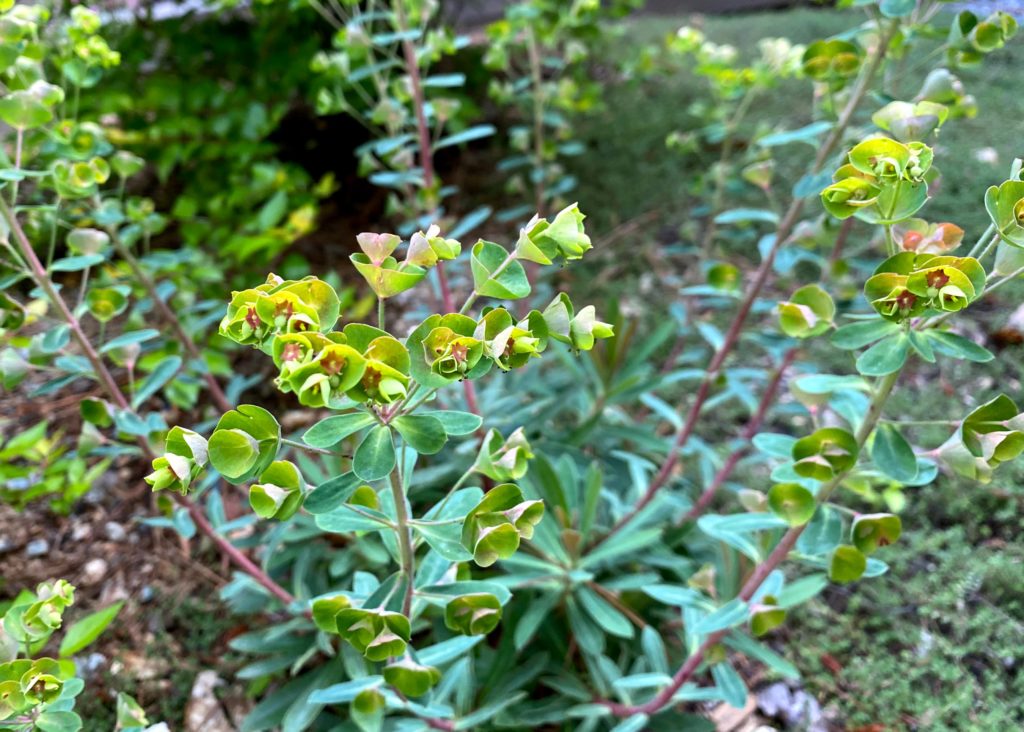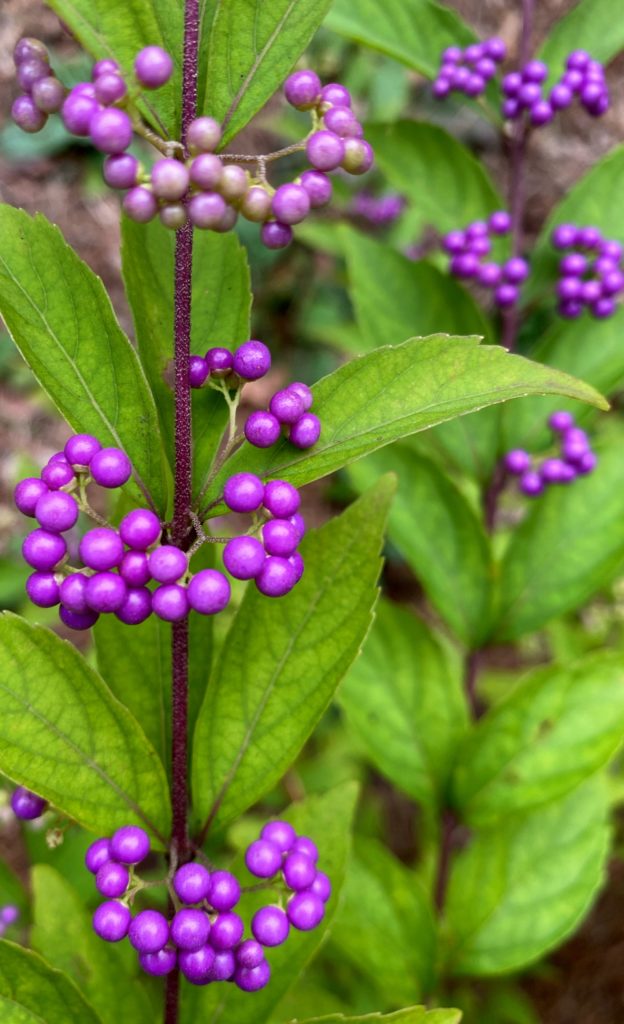
Gardening is a metaphor for life. I’ve come across this saying in books and magazine articles over the years, and I can tell you it is true. Gardening is a lot like life – full of ups and downs. There are many days when things sail along smoothly. There are rare moments of bliss, when the sky is a glorious shade of blue, and the air is filled with the fragrance of gardenias. The sun is setting and you hesitate before you open the back door, because honestly you don’t want the day to end. Then there are the days when you want to throw your trowel in the garbage can and take up bowling. Friend, I have been there. And I’ll be there again, possibly sometime next week.
In my book, Color Rich Gardening for the South, I describe my early days of gardening in Georgia. Back then I had no idea what I was doing, but I kept trying (which actually isn’t a bad way to approach anything in life). In those early days I devoured gardening books written by famous garden designers that I checked out from my local library. Even today, I find those very serious gardening books to be a bit intimidating. There’s little mentioned in those well-known books about things that go wrong, but after many years with my hands in the dirt, I know for certain that every gardener has failures, lots of them as a matter of fact.

Recently I began reading Dan Hinkley’s gorgeous book, Windcliff. I was both surprised and delighted by his description of the early days in his Washington state garden. In this unique and challenging microclimate Hinkley knew that he would have to experiment with various types of plant material before he began large-scale planting. For five years he did just that. Early in the book Hinkley describes, with humor and humility, the many plant failures that took place in what is now a fascinating garden with breathtaking views.
When I finished Hinkley’s book I wondered, why are we gardeners so hard on ourselves? I now admit that it took me three years to decide that a grouping of euphorbia would look perfect at the end of a garden border with dry, gravelly soil. Over three previous years I had tried groupings of gaura, Russian sage, and crocosmia, none of which were happy there. Now thanks to Mr. Hinkley, instead of wondering what took me so long, I see that I just needed to experiment a bit. If a world famous plantsman tried six different plants just outside his kitchen window before he found the perfect one, then you and I shouldn’t feel bad if things go sideways now and then.

I’m also reminded that the freedom to move things around or simply change one’s mind is one of the things that first drew me to gardening. It is liberating to know that shrubs can be moved, new seeds can be sown, and perennials that don’t work where you’ve planted them can be moved, given away, or (gasp) composted. Having a garden plan is useful, especially for those new to gardening, but remember that sometimes things don’t come easily, even to professionals. So the next time you have a plant fail, reassess, and then go a different direction. As they say, it’s all about the journey.
